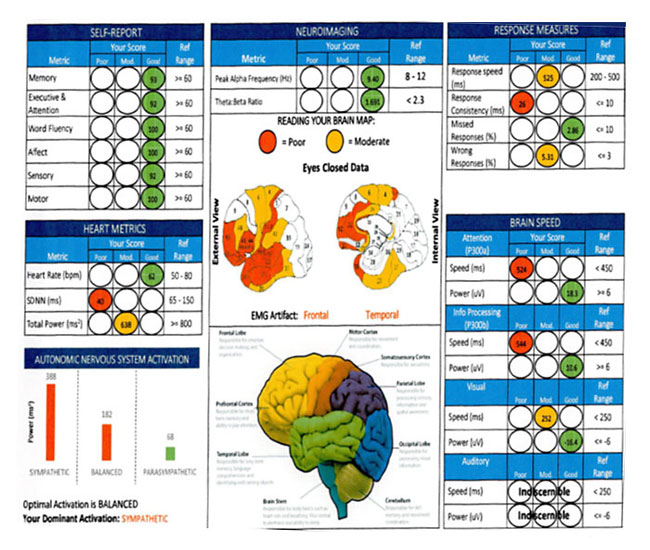Revealing the Secrets of the Mind Through Quantitative EEG Cerebral Mapping in Psychological Health Assessment
Understanding the individual brain is a challenging endeavor, particularly when it pertains to mental health. Traditional methods of assessment frequently depend on interviews and questionnaires, which can occasionally overlook crucial details about how the brain functions. This is where quantitative brainwave analysis, or qEEG, enters into play. qEEG is a specialized technique that measures electrical signals in the cerebrum. By analyzing these neural patterns, psychological health experts can gain valuable insights into a individual's psychological state, helping to enhance diagnosis and treatment.qEEG functions by applying small electrodes on the head to capture neural activity. These electrodes measure electrical signals produced by neurons, the units in the brain that interact with each other. The data gathered is then analyzed and displayed as a series of patterns. Each kind of brainwave—such as alpha, β, δ, and theta—relates to various mental states and activities. For instance, α waves are commonly associated with relaxation, while beta oscillations are linked to active cognition and issue resolution. By examining these patterns, healthcare providers can identify abnormalities that may suggest psychological health issues.

One of the major advantages of qEEG is its ability to offer unbiased information. In contrast to traditional assessments that rely on personal accounts from clients, qEEG provides a clear picture of brain function. This objectivity can assist minimize prejudices in assessment and lead to more precise intervention plans. For instance, if a client is experiencing anxiety, qEEG can reveal specific patterns of brain activity that are linked with stress conditions. This data enables mental health professionals to tailor interventions more effectively, whether through counseling, pharmaceuticals, or alternative approaches.
Additionally, qEEG can be especially beneficial in tracking intervention progress. By conducting qEEG assessments at different points during treatment, clinicians can monitor variations in brain activity over time. This ongoing evaluation helps determine if a intervention is working or if modifications are required. For example, if a client is not reacting to a particular medication, qEEG may show that their brain activity has not changed in a way that indicates improvement. This feedback loop can lead to more personalized and effective mental health treatment.
In summary, qEEG cerebral mapping is a potent instrument in the domain of psychological health evaluation. By offering unbiased information about neural function, it improves the comprehension of different psychological health conditions. This method not only assists in accurate diagnosis but also assists in tracking intervention effectiveness. As mental health professionals continue to explore the potential of qEEG, it holds promise for enhancing the well-being of people dealing with psychological look at here health challenges. With ongoing investigation and progress in techniques, the secrets of the brain may turn clearer, leading to better outcomes for those in need of support.